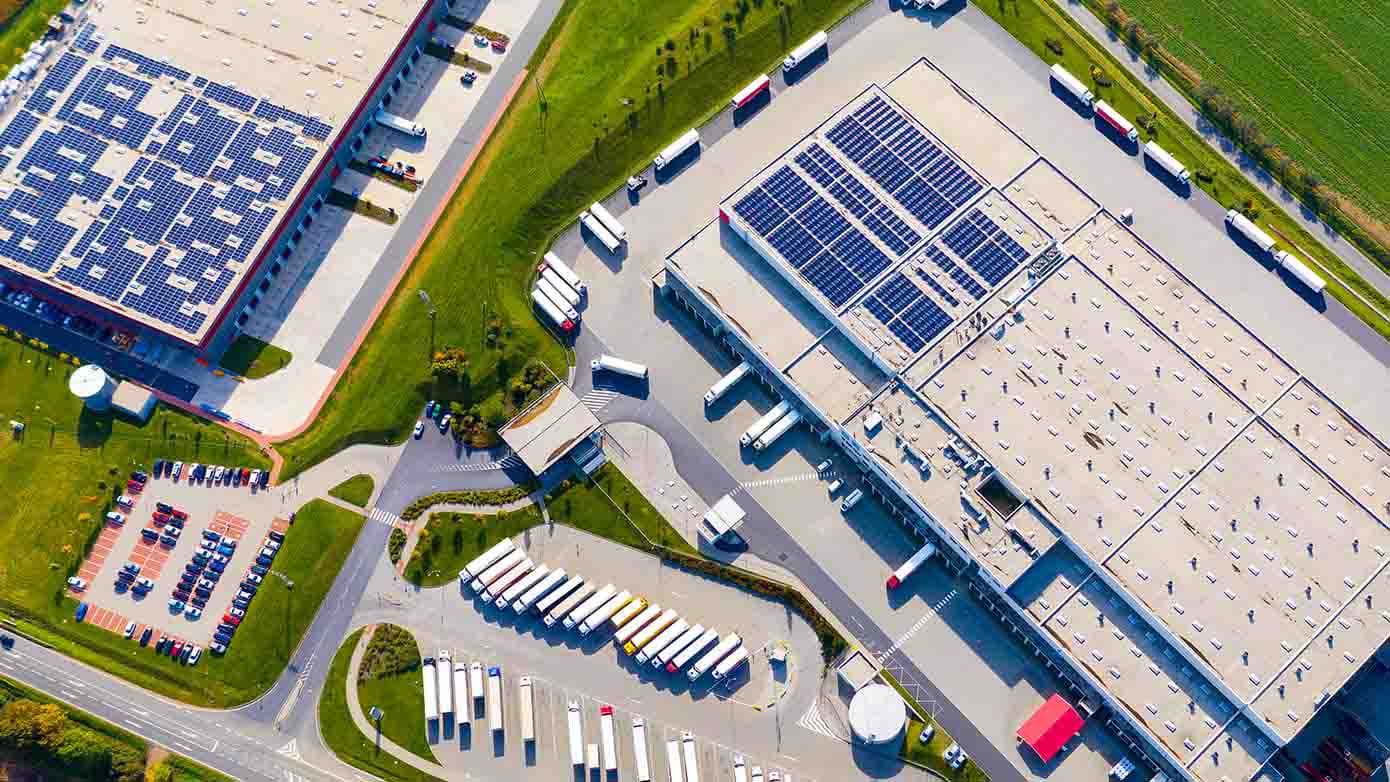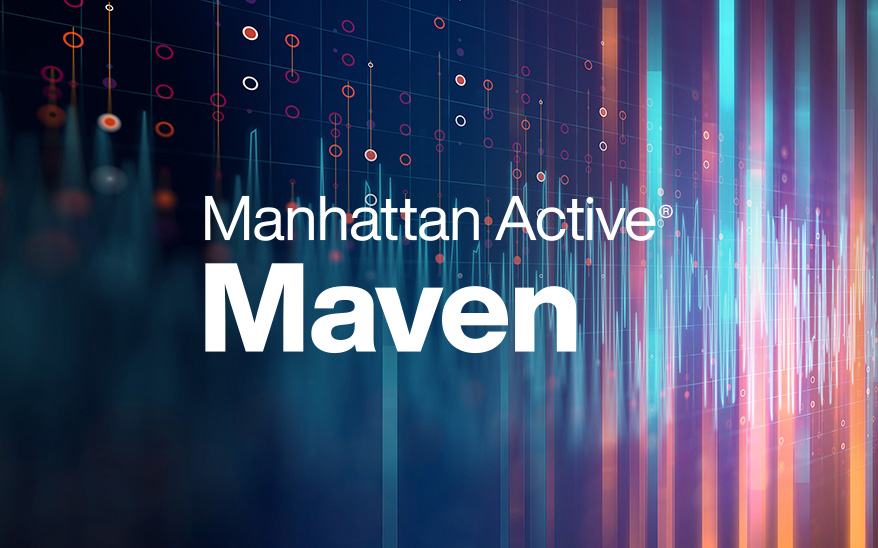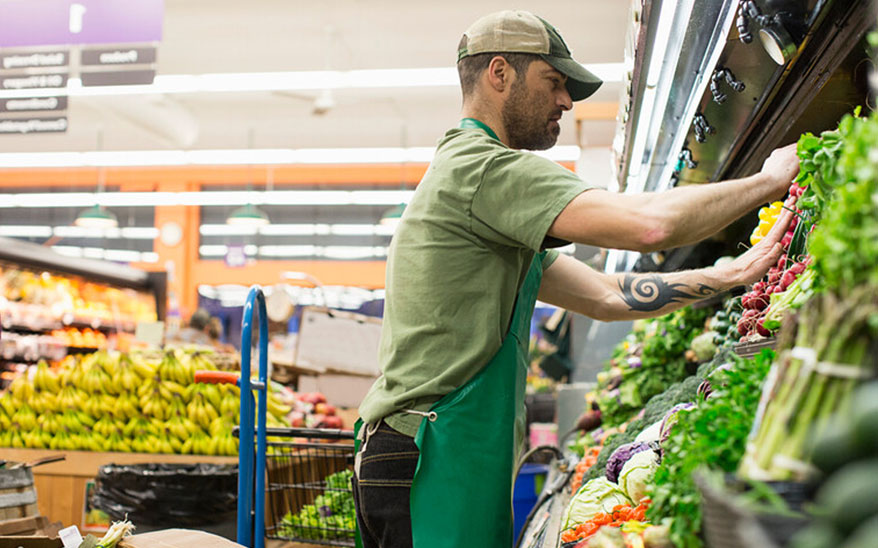NRF rang in the new year with a bang as nearly 40,000 attendees—with 19,000 retail professionals from around the world and 86 of the NRF’s top 100 retail companies—got together to share insights and participate in lively discussions on retail’s latest technology trends and innovations.
One of the many highlights of the Supply Chain 360 Summit portion of the event featured Manhattan Associates SVP & CMO Ann Sung Ruckstuhl, Tailored Brands EVP & CTO Scott Vifquain, and supply chain advisor and thought leader Bart De Muynck’s discussion on the trend towards supply chain unification and the consumer demand that is driving this evolution. Here are the main takeaways from the panel’s recent session.
Today’s Customer Demands More From Retail Supply Chains
Modern customer demands are more diverse than ever, and retail supply chains cannot provide a one-size-fits-all customer experience. Ruckstuhl illustrates this point further mentioning, “Today’s retail customer expects their individual needs to be known, with products delivered at the speed they want, at the time they want, and where they want.”
Recent consumer trends require a unified supply chain with the technology complexity to deliver personalized shopping experiences. If retailers are not providing the experience their customers desire, it will affect their customer satisfaction score, overall brand perception, and eventually their bottom line.
Today’s tech-savvy consumer is demanding a high level of supply chain visibility from the moment they are making the purchase to the moment they receive their merchandise. De Muynck mentions, “Accomplishing this at scale and at a high level of operational excellence requires the right blend of technology. Inventory needs to be accurate, findable, and available to promise. The right technologies can make this possible by equipping the backend systems and store associates with the right tools to make good on those promises.”
This visibility must extend to the logistics network, according to Vifquain, “Customers need to know when their item—whether it be a tuxedo for a wedding or an outfit for a job interview that may have been only available as an endless aisle option—is going to be delivered to their local store, in some instances to the exact hour.”
Connecting Ecommerce and In-Store Experiences for “Phygital” Shopping
Vifquain spoke about Tailored Brands’ innovative approach to breaking down the walls between digital and physical shopping, “Our customer is almost always an omnichannel customer, with the buyer's journey often consisting of a customer researching clothing online and then going into the store to try it on. We decided to have customers fill out customer information online, with all the details needed for the associate to provide everything the customer needs by the time they get to the store.”
This shared available data from the customer to the associate creates a more personalized shopping experience and provides a seamless workflow for the associate.
Supply Chain Silos Need to be Broken Down
On the transportation and distribution side of the supply chain, some processes are still siloed, and, as a result, there is a lost opportunity for improved efficiency.
Ruckstuhl adds, “If systems are all able to talk to each other and provide real-time visibility, customers can change their ecommerce order characteristics, such as size and color, up until the order is loaded onto the truck, instead of the customer submitting an order and having to do a return much later in the process.”
This also helps with sustainability as reducing shipments of unwanted orders will reduce the waste associated with returns, as well as cut down on unnecessary packaging, loading, and shipping.
Supply Chain Sustainability Equals Supply Chain Profitability
Tailored Brands has evolved its business model to take advantage of the current circular economy and sustainability wave. “We are the largest renter of men’s dress apparel in North America and, on average, one tuxedo can go through roughly 20 rotations before it can be retired,” said Vifquain. “We also use solar panels for our factory that manufactures suits, powering over 50 percent of the facility's power source.”
Retailers are also leveraging technology to influence how fast a shipment order takes by enabling the customer to see how that process impacts the environment with available transportation data and transparency.
“If the five-day option is more sustainable than same-day delivery, and that information is available to the customer, some customers will be willing to reduce the carbon footprint for longer delivery periods,” said De Muynck. “For supply chains, the more time you have to optimize logistics, the lower your logistics costs will be, especially during peak season.”
Technology Trends Are Shaping Retail Supply Chains in 2024
Companies are aggressively investing in new supply chain technologies to introduce more efficiencies and remove artificial barriers between systems. De Muynck revealed that in the next three to four years, most companies across all industries are going to invest more in supply chain technology than they have in the last three years. “These companies are looking for solutions that demonstrate value and are easy to implement to manage costs,” said De Muynck. “This can be accomplished with basic functionalities that are more responsive to complex supply chain dynamics, with visibility supply chain network-wide at the transportation, inventory, store, and warehouse level all on one platform.”
AI is an added technology component that enables these systems to react in real time and enables users to get information quicker. However, as Ruckstuhl mentions, “Before automation is applied, the data and processes have to be clean, or else it may become a mess if not done properly.”
Closing Thoughts
Before signing off, the panel gave their final technology trend thoughts on which trends businesses should get out in front of in 2024.
“Managing costs,” said Vifquain. “Having agile and resilient supply chain solutions that execute profitably.”
“Inventory flexibility,” said De Muynck. “Localization of assortments, inventory visibility, and precise promising accuracy for consumers.”
Lastly, Ruckstuhl predicted, “2024 might be the year of RFID. This technology literally allows you to wave a wand and find out which inventory you have.”
For more on the experiences Manhattan provided at NRF, click here.

Watch the Session
Related Insights

Unified Commerce Benchmark for Specialty Retail
See where industry peers stand in offering a consistent and seamless omnichannel experience.

What is Supply Chain Commerce?
Read our informative article to learn everything you need to know about the supply chain technology, industries, and networks that make up supply chain commerce.

Migrating to Manhattan Active® Transportation Managment
Learn how to successfully transition to a more unified solution better suited for a complex and ever-changing logistics environment with Manhattan Active® Transporation Management.





